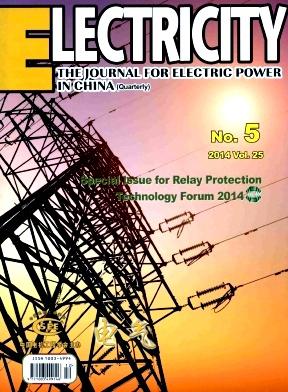Renewable Electricity and Green Hydrogen Integration for Decarbonization of “Hard-to-Abate” Industrial Sectors
引用次数: 0
Abstract
This paper investigates hydrogen’s potential to accelerate the energy transition in hard-to-abate sectors, such as steel, petrochemicals, glass, cement, and paper. The goal is to assess how hydrogen, produced from renewable sources, can foster both industrial decarbonization and the expansion of renewable energy installations, especially solar and wind. Hydrogen’s dual role as a fuel and a chemical agent for process innovation is explored, with a focus on its ability to enhance energy efficiency and reduce CO2 emissions. Integrating hydrogen with continuous industrial processes minimizes the need for energy storage, making it a more efficient solution. Advances in electrolysis, achieving efficiencies up to 60%, and storage methods, consuming about 10% of stored energy for compression, are discussed. Specifically, in the steel sector, hydrogen can replace carbon as a reductant in the direct reduced iron (DRI) process, which accounts for around 7% of global steel production. A next-generation DRI plant producing one million tons of steel annually would require approximately 3200 MW of photovoltaic capacity to integrate hydrogen effectively. This study also discusses hydrogen’s role as a co-fuel in steel furnaces. Quantitative analyses show that to support typical industrial plants, hydrogen facilities of several hundred to a few thousand MW are necessary. “Virtual” power plants integrating with both the electrical grid and energy-intensive systems are proposed highlighting hydrogen’s critical role in industrial decarbonization and renewable energy growth.可再生能源发电与绿色氢能相结合,实现 "难减排 "工业部门的去碳化
本文研究了氢气在钢铁、石化、玻璃、水泥和造纸等难以消减的行业加速能源转型的潜力。目的是评估利用可再生资源生产的氢气如何既能促进工业脱碳,又能扩大可再生能源的安装,尤其是太阳能和风能。我们探讨了氢作为燃料和化学制剂在工艺创新中的双重作用,重点关注氢在提高能源效率和减少二氧化碳排放方面的能力。将氢与连续的工业流程相结合,可最大限度地减少对能源储存的需求,从而使其成为一种更有效的解决方案。文章讨论了电解法的进展(效率高达 60%)和储存方法(压缩时消耗约 10% 的储存能量)。具体来说,在钢铁行业,氢气可以替代碳作为直接还原铁(DRI)工艺中的还原剂,该工艺约占全球钢铁产量的 7%。一个年产 100 万吨钢的下一代 DRI 工厂需要约 3200 兆瓦的光伏发电能力,才能有效整合氢气。本研究还讨论了氢在炼钢炉中作为辅助燃料的作用。定量分析显示,要支持典型的工业工厂,需要几百到几千兆瓦的氢气设施。研究提出了与电网和能源密集型系统集成的 "虚拟 "发电厂,强调了氢气在工业脱碳和可再生能源增长中的关键作用。
本文章由计算机程序翻译,如有差异,请以英文原文为准。
求助全文
约1分钟内获得全文
求助全文

 求助内容:
求助内容: 应助结果提醒方式:
应助结果提醒方式:


